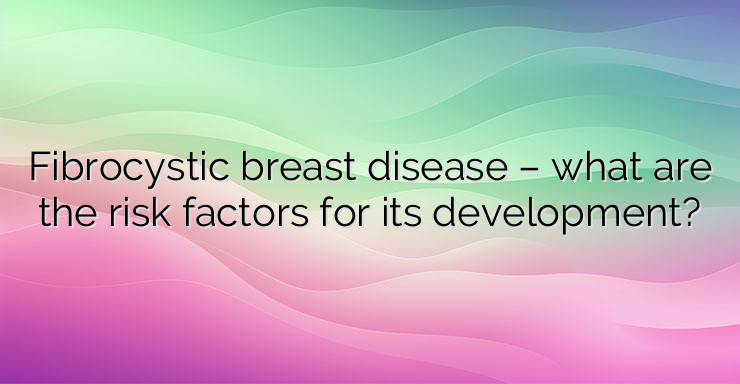Hey there! Let’s talk about fibrocystic disease, a common issue with the mammary glands that many women face. Essentially, it’s a condition where hormonal changes cause structural remodeling in the breast tissue. This can lead to palpable lumps that can change throughout the menstrual cycle.
So, what causes it? Well, there are a bunch of factors at play. Things like starting menstruation early or going through menopause late can up your risk. The longer your breasts are exposed to estrogen, the higher the chances of developing fibrocystic disease. Not having children also increases the risk, but childbirth and breastfeeding can actually help protect your mammary glands.
Other factors include obesity, family history of breast cancer, and even your diet. Cutting down on fat and loading up on vitamins like A, E, and C can help regulate estrogen levels and reduce the risk. Oh, and watch out for alcohol and caffeine—they can mess with your hormones and make things worse.
Now, let’s talk about the different forms this disease can take:
- Cysts: These are like little fluid-filled sacs in the breast tissue. They can be small or big, and they tend to get more painful before your period.
- Fibrosis: This is when there’s a lot of fibrous tissue in the breasts, often found in menopausal women. It can cause lumps and sometimes inflammation.
- Adenosis: This involves the lobules of the gland, and it’s often linked to issues with ovaries and lactation.
- Epithelial hyperplasia: This is when the lining of the milk ducts starts growing too much, and it needs close monitoring because of the risk of cancer.
When it comes to treatment, keeping an eye on things is crucial. Regular check-ups, ultrasounds, and biopsies are important to catch any changes early. Treatment can include pain relief, dietary changes, and sometimes hormone therapy. And if cancer is suspected, surgical treatment might be necessary.
Remember, taking care of your breast health is super important, so don’t hesitate to reach out to your healthcare provider if you notice any changes or have concerns.


Leave a Reply